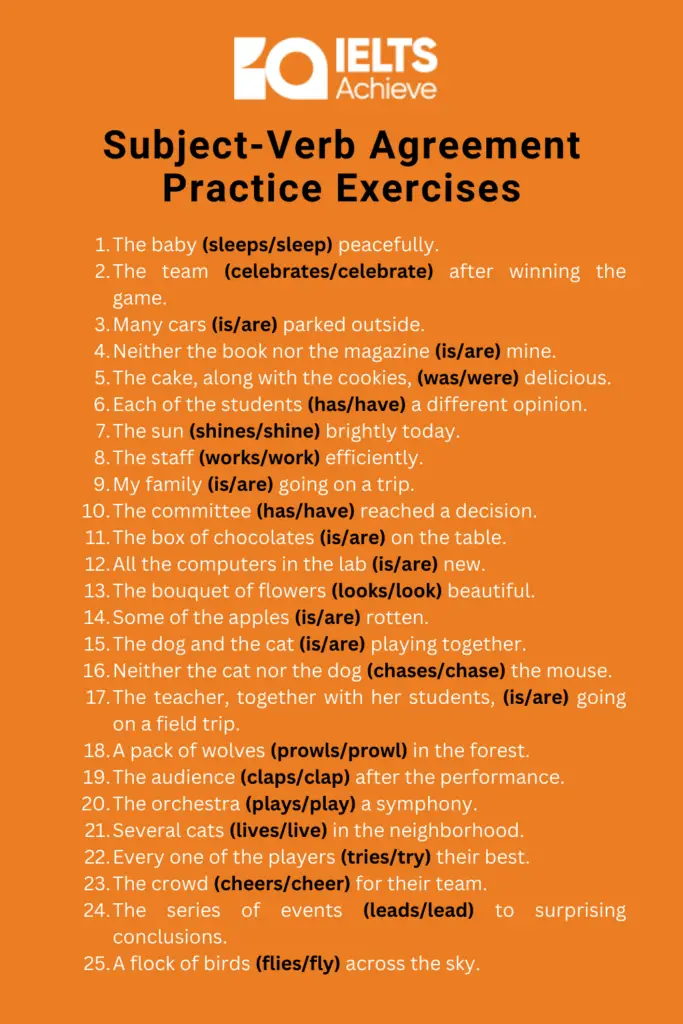A relative clause is a type of subordinate clause that provides additional information about a noun or pronoun in a sentence. This article will cover the basics of relative clauses, including defining and non-defining relative clauses, relative pronouns, and the various types of relative clauses you might encounter in English. It will also provide practice exercises and tips for improving your use of relative clauses in both written and spoken English.
Defining and Non-defining Relative Clauses
- Defining relative clauses provide essential information to identify the noun or pronoun being described. Example: “I like the woman who lives next door.”
- Non-defining relative clauses offer extra information that is not necessary for understanding the main point of the sentence. Example: “I live in London, which has some fantastic parks.”
Using Relative Pronouns in Defining and Non-defining Clauses
Subject Pronouns: “who” for people, “which” for things, and “that” for both people and things. Example: “The people who live on the island are very friendly.”
Object Pronouns: In defining relative clauses, the pronoun can be dropped. Example: “She loves the chocolate (which/that) I bought.” In non-defining relative clauses, use “who” for people and “which” for things, and the pronoun cannot be dropped. Example: “My boss, who is very nice, lives in Manchester.”
Prepositions in Relative Clauses
Prepositions can be placed at the end of the clause. Example: “The music (which/that) Julie listens to is good.”
Using ‘Whose,’ ‘Where,’ ‘When,’ and ‘Why’
“Whose” is used to replace possessive pronouns, “where,” “when,” and “why” can be used instead of relative pronouns and prepositions in some cases. Example: “I live in the city where I study.”
Relative Clauses with Prepositions and ‘Whom’
A preposition can be placed at the beginning of the clause for a more formal sentence structure. Example: “The city in which I study is very beautiful.” ‘Whom’ is the object form of ‘who’ and can be used in formal English when the relative pronoun refers to a person and functions as the object of the clause. Example: “The woman whom I admire greatly is a successful entrepreneur.”
Punctuating Non-defining Relative Clauses and Embedded Relative Clauses
Non-defining relative clauses are set off by commas. Example: “My friend, who is a professional dancer, just won a prestigious award.” A relative clause can also be embedded within another relative clause. Example: “The book, which I borrowed from the library, contains an article about the artist whose paintings we saw at the exhibition.”
Relative Clause Review and Practice Exercises
To solidify your understanding of relative clauses, try the following exercises:
- Exercise: Relative Pronoun as the Subject
- Exercise: Relative Pronoun as the Object
- Exercise: Defining Relative Clauses (Subject and Object)
- Exercise: Another Defining Relative Clauses Practice (Subject and Object)
Reduced Relative Clauses and Other Language Features
Reduced relative clauses can be created by omitting the relative pronoun and changing the verb form. Example: “The books (that are) written by Jane Austen are classics.” Other language features to consider when using relative clauses include appositives, relative clauses in other languages, and the use of relative adverbs, such as “where,” “when,” and “why.”
Improving Your Use of Relative Clauses
To further enhance your understanding and use of relative clauses, consider the following tips:
- Read and analyze well-written texts: Reading books, articles, and essays can help you observe how relative clauses are used in various contexts and writing styles.
- Practice writing your own sentences: Create sentences with different types of relative clauses, using a variety of relative pronouns and adverbs. This will help you become more comfortable with the different structures and patterns.
- Review and edit your work: After writing, review your sentences to ensure that you have used relative clauses correctly and effectively. Look for errors in punctuation, parallelism, and pronoun reference.
- Seek feedback from others: Share your writing with a friend, teacher, or language partner, and ask for feedback on your use of relative clauses. This can help you identify areas for improvement and gain insights into how your writing is perceived by others.
- Practice speaking with relative clauses: Engage in conversations that require you to provide additional information about people, places, or things. This will help you become more comfortable using relative clauses in spoken English.
By incorporating these tips into your language learning journey, you will continue to strengthen your understanding and use of relative clauses in both written and spoken English. This will ultimately enhance your overall communication skills and enable you to express yourself more clearly and effectively. Remember to consider the various types of relative clauses, the role of relative pronouns, and the importance of punctuation and parallelism when constructing sentences with relative clauses.
